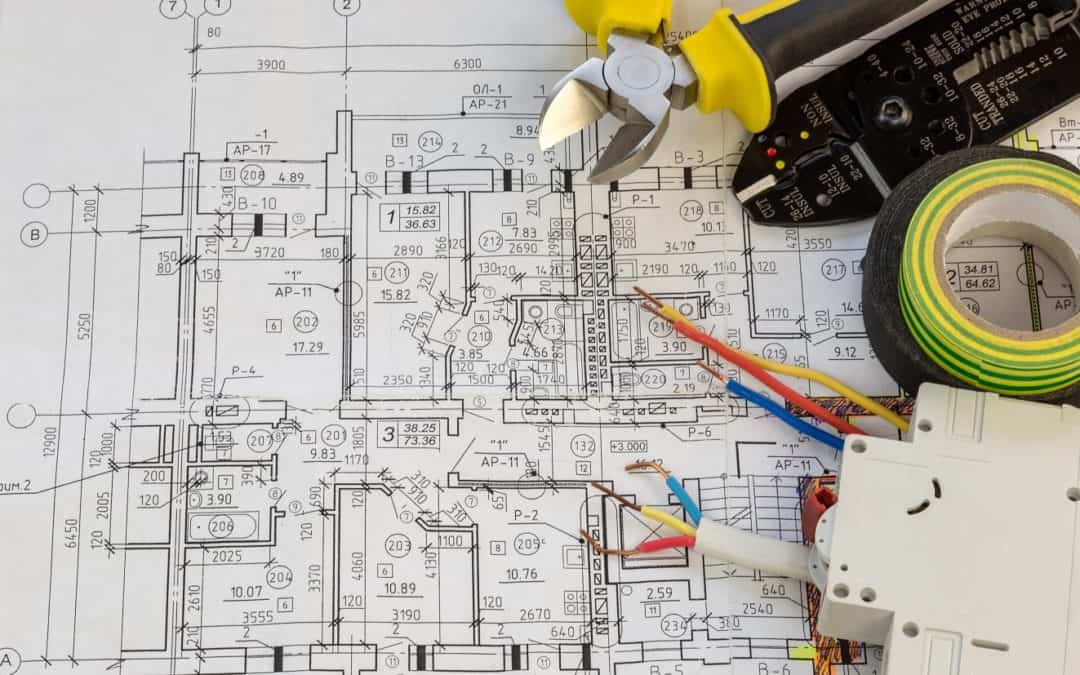Efficient Electrical Load Calculation Services for Your Project
Efficient Electrical Load Calculation Services for Your Project
Blog Article
Innovative Electric Design Providers for Modern Infrastructure
As metropolitan atmospheres grow increasingly complex, integrating modern technologies such as wise grids and sustainable power sources ends up being paramount. These advancements not only guarantee to optimize energy intake but likewise foster durability against future demands.
Significance of Ingenious Electric Design
Ingenious electric design plays an important function in modern framework, affecting not only effectiveness however additionally sustainability. As cities progress and the demand for power boosts, the requirement for innovative electric systems comes to be extremely important. These systems should not just meet present demands but also expect future development and technical advancements.
A well-executed electric design can significantly decrease energy intake, consequently reducing operational costs and reducing environmental effect. By including renewable resource sources, such as solar panels and wind turbines, ingenious styles can enhance energy self-reliance and strength. Clever grid technologies allow for real-time monitoring and administration of energy distribution, optimizing efficiency and lowering waste.
Security is an additional important facet of electrical design. Executing extensive criteria and advanced technologies can minimize dangers related to electric failings, guaranteeing a secure environment for residents and businesses alike. In addition, innovative layouts promote adaptability, allowing frameworks to integrate arising modern technologies perfectly.
Key Trends in Electrical Design
As the landscape of electrical design continues to progress, several vital fads are forming the future of the sector. One significant trend is the integration of wise innovation into electrical systems. The spreading of the Web of Points (IoT) has allowed real-time surveillance and control of electrical gadgets, improving efficiency and promoting predictive maintenance.
Another trend is the growing focus on modular design. This method permits versatile and scalable remedies, making it possible for framework to adjust to transforming demands without comprehensive improvements. In addition, using sophisticated simulation devices and Structure Info Modeling (BIM) is ending up being significantly common, improving the design process and boosting collaboration among stakeholders.
Furthermore, improvements in products science are causing the advancement of lighter, much more sturdy, and energy-efficient components. This innovation is especially crucial for high-performance structures and framework projects.
Finally, there is a marked shift in the direction of data-driven decision-making - industrial electrical design. Leveraging data analytics helps developers maximize systems for performance and cost-effectiveness. With each other, these patterns signify a transformative era in electrical design, boosting functionality, sustainability, and durability in contemporary facilities
Sustainable Power Solutions
Sustainable power services are significantly coming to be a crucial focus in electric design, showing a wider commitment to environmental duty and resource efficiency. These remedies aim to reduce environmental effect while maximizing energy consumption in different facilities, from residential structures to huge business facilities.
Among the leading methods includes the assimilation of renewable resource resources, such as photovoltaic panels and wind generators, into electrical systems. This not only lowers dependence discover this on nonrenewable fuel sources yet likewise improves power durability. Furthermore, ingenious energy storage space systems, such as sophisticated batteries, allow reliable monitoring and circulation of energy, making sure that surplus power produced during peak manufacturing can be made use of during high read review need periods.
Additionally, energy-efficient design techniques are being taken on to boost total system efficiency. This includes making use of energy-efficient lighting, heating and cooling systems, and smart structure innovations that adjust and check power usage based upon occupancy and ecological problems.
Smart Grid Technologies
The execution of lasting energy services normally results in the expedition of clever grid modern technologies, which play an essential duty in modernizing electrical systems. Smart grids take advantage of advanced communication modern technologies and information analytics to improve the reliability, efficiency, and sustainability of electricity distribution. By incorporating digital innovation with conventional grid infrastructure, these systems promote real-time tracking, automated control, and improved decision-making capabilities.
One of the essential functions of smart grids is their capacity to fit renewable resource sources, such as solar and wind power. This flexibility not only decreases dependence on nonrenewable fuel sources but also permits a more decentralized energy production design. Wise grids allow demand response programs, where customers can adjust their energy use based on real-time pricing, thereby advertising energy conservation and reducing peak load needs.
Furthermore, wise grid technologies improve grid strength by making it possible for quicker identification and resolution of failures, eventually lessening downtime. With anticipating maintenance and directory analytics, utilities can maximize operations and enhance solution delivery. As communities and cities continue to evolve, clever grid innovations are necessary for developing a sustainable and effective electrical facilities that fulfills the demands of modern-day culture.

Future-Proofing Facilities
To guarantee long-term stability and versatility, future-proofing facilities is necessary in the swiftly advancing landscape of electrical design solutions. As innovation advancements and energy needs shift, it is critical that electric systems are created with versatility in mind. This requires including scalable remedies that can suit future upgrades without demanding comprehensive overhauls.

Additionally, sustainability should be a foundation of future-proofed styles. Using renewable resource resources, such as solar and wind, and enhancing energy effectiveness reduce dependency on nonrenewable fuel sources, straightening with worldwide initiatives to battle environment change.
Verdict
Finally, ingenious electrical design services play a critical duty in shaping modern-day facilities. By focusing on adaptability, sustainability, and efficiency, these solutions resolve the evolving needs of power systems. The combination of clever grid modern technologies and lasting energy remedies improves durability and minimizes operational costs. Future-proofing infrastructure with advanced simulation tools and modular strategies makes certain that electric systems continue to be receptive to transforming demands, ultimately adding to a more energy-independent and sustainable future.
A well-executed electrical design can significantly lower energy usage, therefore lowering functional costs and lessening environmental effect. By including sustainable energy sources, such as solar panels and wind generators, innovative styles can enhance power freedom and durability. In addition, ingenious energy storage space systems, such as innovative batteries, allow effective monitoring and circulation of power, making certain that excess power produced throughout top manufacturing can be utilized during high need durations.
Wise grids make it possible for need reaction programs, where customers can change their energy use based on real-time rates, therefore promoting energy conservation and decreasing peak tons needs. (residential electrical design)
As modern technology breakthroughs and energy needs shift, it is vital that electrical systems are made with flexibility in mind.
Report this page